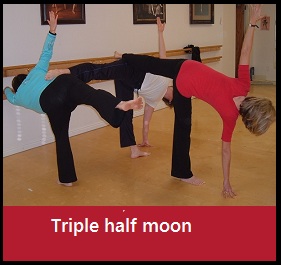What we feel as stress, is the product of the sympathetic nervous system or the “fight or flight” response: an almost instantaneous surge in heart rate, cardiac output, blood pressure, sweating, shallow breathing, combined with a tensing of muscles. Internally, the “fight or flight” response shuts down digestion and elimination and reduces blood flow to the internal organs. Short term, this stress reaction is a good thing. The “fight or flight” response prepares us to respond to any environmental threat by fighting against it or fleeing from it. But long term, continuous exposure to stress is harmful, placing excess wear and tear on the body’s systems and severely limiting the body’s natural maintenance and healing abilities.
With chronic stress this can cause adrenal exhaustion since you never allow the body to restore and relax. This could be felt as a fatigue that is not helped by a good night’s sleep, and a lowered immune system which then leaves you open to all sorts of diseases including the winter colds, flues and blues.
Too vigorous exercise is part of this chronic stress.
The opposite of that fight or flight response is the relaxation response, or the para sympathetic nervous system.
When activated, the parasympathetic nervous system lowers blood pressure, heart rate and respiration (the pace of the breath). Digestion and elimination are allowed to be stimulated, and blood is free to travel to the digestive, reproductive, glandular, and immune systems — systems necessary for the promotion of long-term health. The “relaxation response” is also known as the “rest and renew” stage, when the body has the time and resources to heal the body and to respond to illness. Obviously, by increasing the frequency, time and depth of the “relaxation response” we not only allow our body to recover from illness and disease, but we also practice preventive medicine by allowing the body to perform all of its essential maintenance tasks. Yoga practice teaches you to activate this relaxation response. It is the balance needed in an exercise plan that includes cardio, and weights. Both of these have potential to be overly stimulating to the nervous system.
75% of our nerve fibers form the sympathetic system and only 25% form the parasympathetic system which is the relaxing branch of our nervous system. That means that our body is designed for fast and efficient stress arousal through the sympathetic nervous system. But it also means it is more difficult and takes longer to bring the body away from the emergency and back to rest and restore. Yoga practice teaches the methods to restore balance and lets you be in charge of the health of your nervous system.



